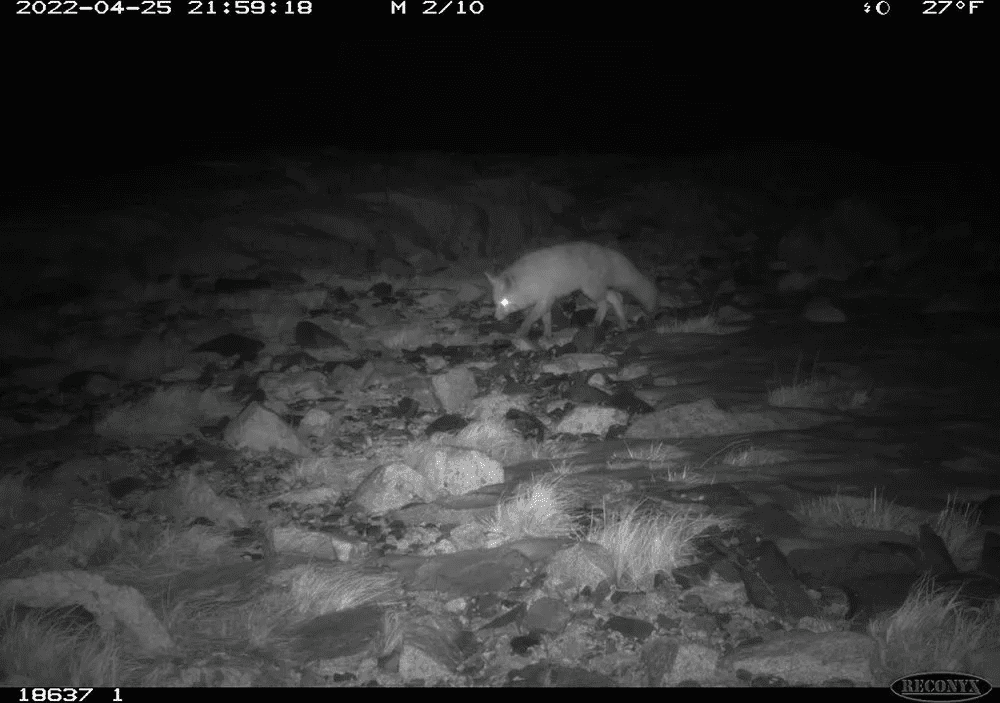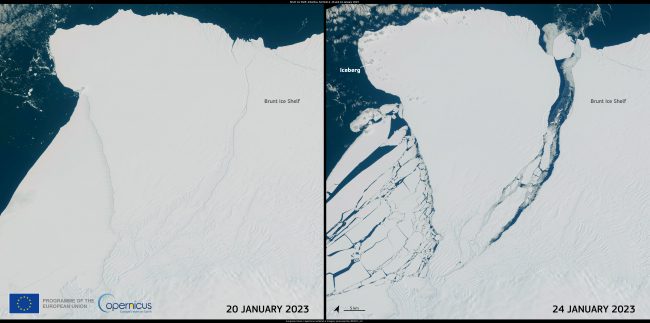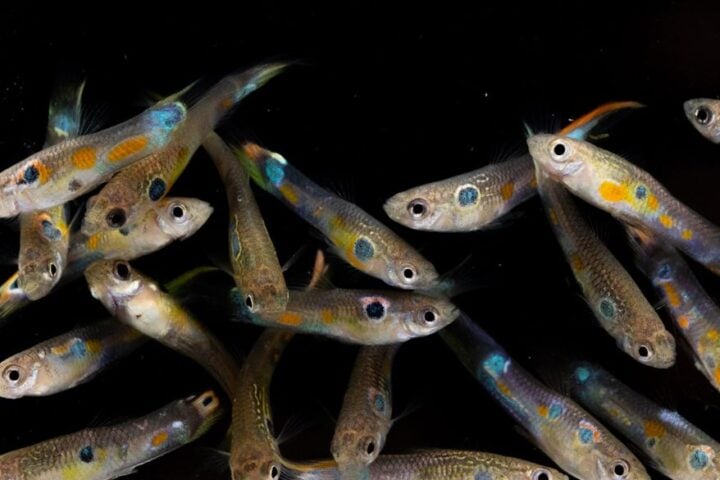The Sierra Nevada red fox, known for its sleek and tenacious nature, was thought to have vanished from the mountain range bearing its name. However, recent detections near the eastern boundary of Sequoia and Kings Canyon national parks by scientists from the California Department of Fish and Wildlife offer hope that the fox’s population could be growing or inhabiting a wider area than previously thought, increasing its chances of survival.
The recent discovery of the Sierra Nevada red fox in many more places than previously thought is exciting news for scientists and wildlife enthusiasts. The California Department of Fish and Wildlife detected the creatures on four occasions using survey cameras near Taboose Pass, east of the John Muir Trail, between 11,400 and 12,000 feet of elevation. These sightings, which occurred between April and June of last year, indicate that the fox’s range extends more than 100 miles south of what was previously known. The fox, which is not much larger than a house cat, has extraordinary hearing that allows it to locate small rodents even when they are hidden under a layer of snow. Its coat ranges in color from red to granite, and its fluffy fur was once prized by trappers for use in coats and stoles.
For much of the 20th century, scientists and conservationists believed that hunting and trapping had decimated the Sierra Nevada red fox population to the point of extinction. However, trapping was banned in 1974 and the fox was listed as threatened in California in 1980. Then in 2021, the federal government listed the Sierra Nevada population as endangered. (A different population of foxes in the Cascades still existed.) But the discovery of a small group of foxes at Sonora Pass in 2010 gave conservationists hope that the species still had a presence in the Sierra, specifically in the northern end of Yosemite National Park.
Since the discovery of the Sierra Nevada red foxes at Sonora Pass in 2010, researchers have been working to gain a better understanding of the creatures’ habitat in order to design a conservation plan to improve their chances of survival. In 2018, remote cameras captured images of foxes at six different sites within the Mono Creek watershed, southeast of Mammoth Lakes. Researchers collected scat samples, which revealed the presence of two females and one male. The samples also helped researchers to determine that the male fox had traveled over 70 miles south from Sonora Pass to the Mono Creek area. The California wildlife agency collaborated on the study with the UC Davis Mammalian Ecology and Conservation Unit, the California Department of Water Resources, Southern California Edison, as well as officials from multiple national parks and national forests.
The recent discoveries of the Sierra Nevada red fox are a source of great satisfaction for the Fish and Wildlife biologists who have put in extensive effort to research and understand the creatures. According to Brian Hatfield, the lead author on the research, “These new detections are very personally gratifying and are a real payoff for all the hard work our staff has put in.” From a conservation standpoint, these discoveries demonstrate that the Sierra Nevada red fox has a wider distribution than previously thought. Julia Lawson, an environmental scientist with the California Department of Fish and Wildlife, explains that a wider distribution means that the foxes are more resilient to potential disasters or diseases that could wipe out a population in one location. With populations scattered throughout the mountain range, the species has a better chance of survival.


















